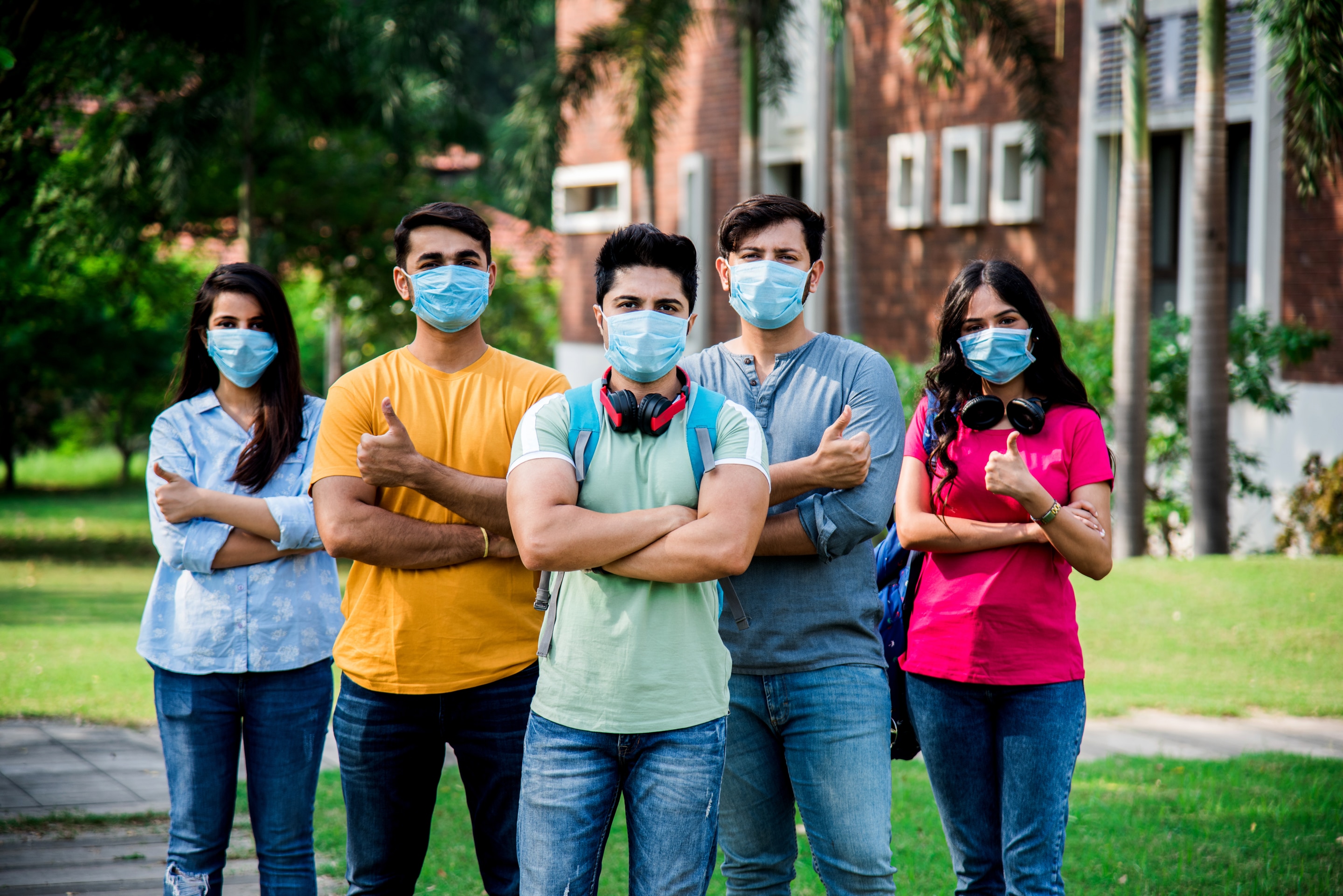It is a highly dangerous disease previously known as Ebola Haemorrhagic Fever that leads to death in 90% of infected people. Although there is no certified cure or vaccine for Ebola, it can be prevented by observing the right precautions. A current outbreak in West Africa is being taken very seriously by the WHO and CDC, who have named it a Public Health Emergency of International Concern (PHEIC). Experimental medications are being developed, but they are not yet ready or approved for sale.
How is the Virus transmitted and who is at risk?
The virus is transmitted to people from wild animals and spreads through human-to-human transmission. Infection occurs from touching bodily fluids of a person who is sick with, or has died from EVD, or from exposure to contaminated objects. Unlike infections such as influenza and tuberculosis, Ebola is not airborne over long distances. Ebola is also not transmitted from contaminated food or water other than infected "bush meat".
Symptom summary
- Fever
- Headaches
- Joint & muscle aches
- Weakness
- A lack of appetite
- Diarrhoea
- Vomiting
- Stomach pains
- Abnormal bleeding
Symptoms may appear anywhere from 2 to 21 days after exposure to Ebola virus, though 8-10 days is the most common. Severely ill patients require intensive supportive care. Patients with suspected or confirmed EVD should be isolated and separated from other patients.
Prevention tips
Practice hand hygiene and cover up
As with other infectious illnesses, one of the most important preventive practices is careful and frequent handwashing. Cleaning hands often, using soap and water (or waterless alcohol-based hand rubs when soap is not available), removes potentially infectious materials from skin and helps prevent disease transmission.
When interacting with infected individuals, visitors and healthcare workers should use personal protective equipment (PPE) as recommended by the WHO. This includes wearing protective clothing such as face masks, gowns and gloves and using disposable equipment wherever possible.
Hand hygiene should be performed specifically as per WHO guidelines in conjunction with wearing PPE while dealing with patients.
Isolate infected patients
The people most at risk of contracting Ebola are health workers and people in close contact with infected individuals. Avoid contact with the blood and secretions of an infected or deceased person and practice safe disposal and decontamination of feeding utensils, clothing and bed linen of patients.
Eat safely
The practice of eating so-called "bush meat" is thought to be the bridge between animal and human infections. Do not eat "bush meat" and avoid contact with ill or dead animals, especially primates.
Mythbusters
"I’m not leaving the house just in case."
The likelihood of contracting Ebola is extremely low unless you have traveled to an affected area and had direct contact with the blood or body fluids (e.g., saliva, urine) of symptomatic infected persons or animals, or objects that have been contaminated with body fluids of infected individuals. So, unless there is a serious outbreak in your locality or you have been so advised by your local health authorities, such precautions are not necessary.
"It’s been a couple of days since i was exposed and i feel fine, so…"
Symptoms from an Ebola infection may manifest anywhere from 2 days to 3 weeks after exposure. Even if you feel fine after a week, the most common window for the appearance of symptoms is around 8–10 days. If you believe you have been exposed to EVD, please seek immediate medical assistance and avoid contact with other people until you can be examined.
Medical source : World Health Organization (WHO) Centers for Disease Control and Prevention (CDC) European Centre for Disease Control and Prevention (ECDC) Global Public-Private Partnership for Handwashing International Scientific Forum on Home Hygiene (IFH Fact Sheet).




